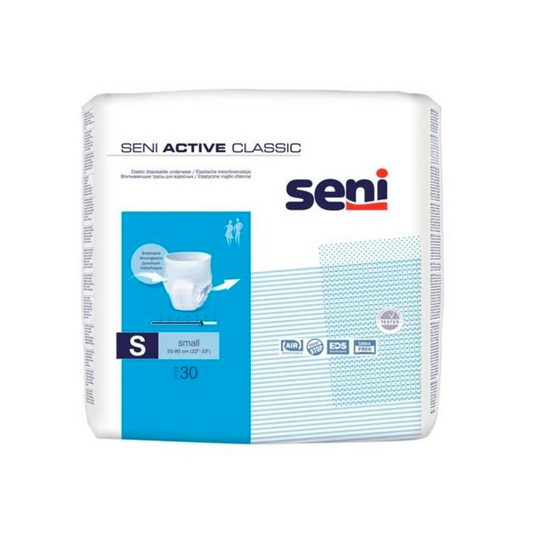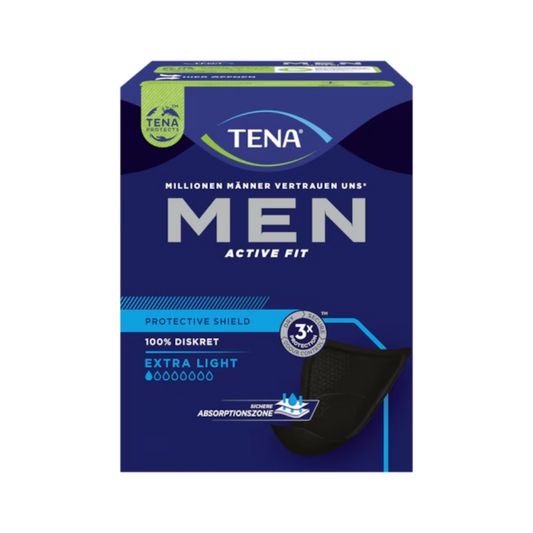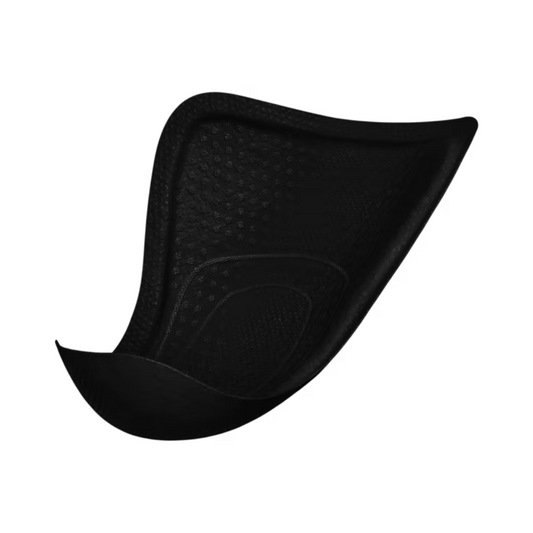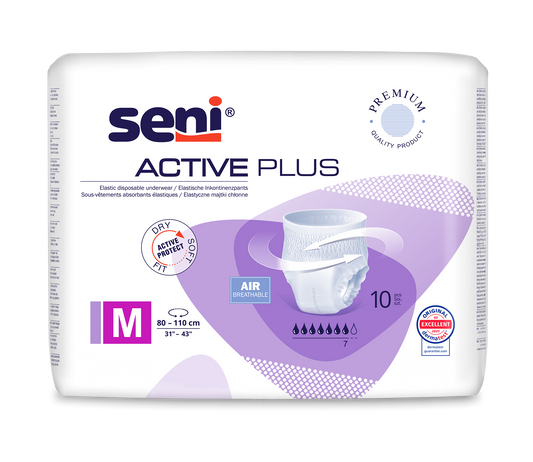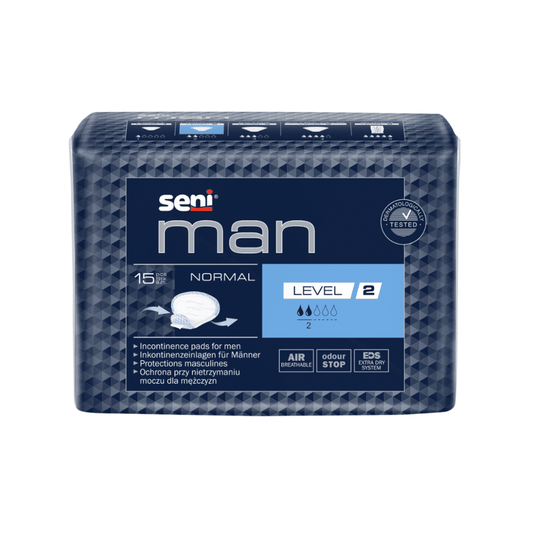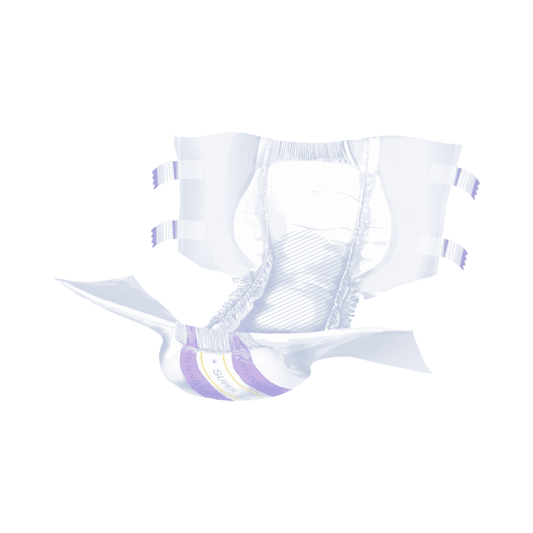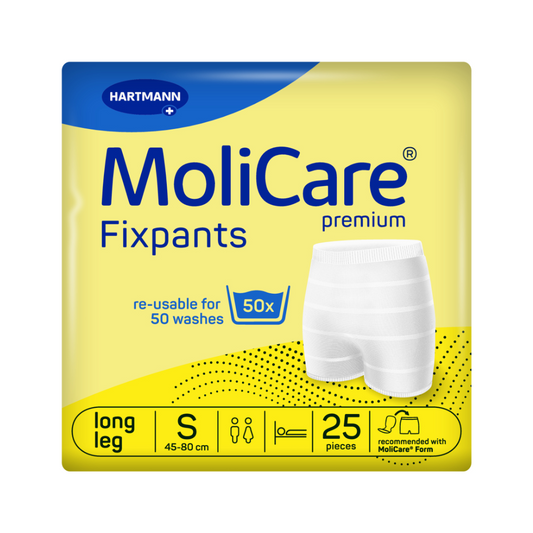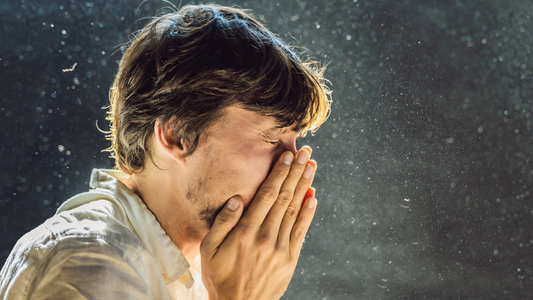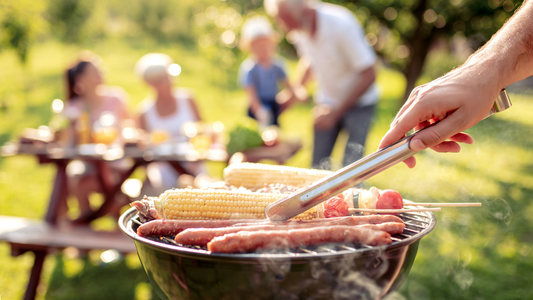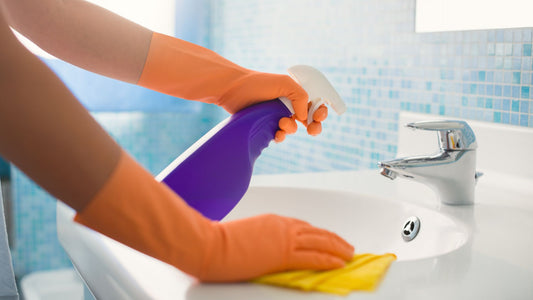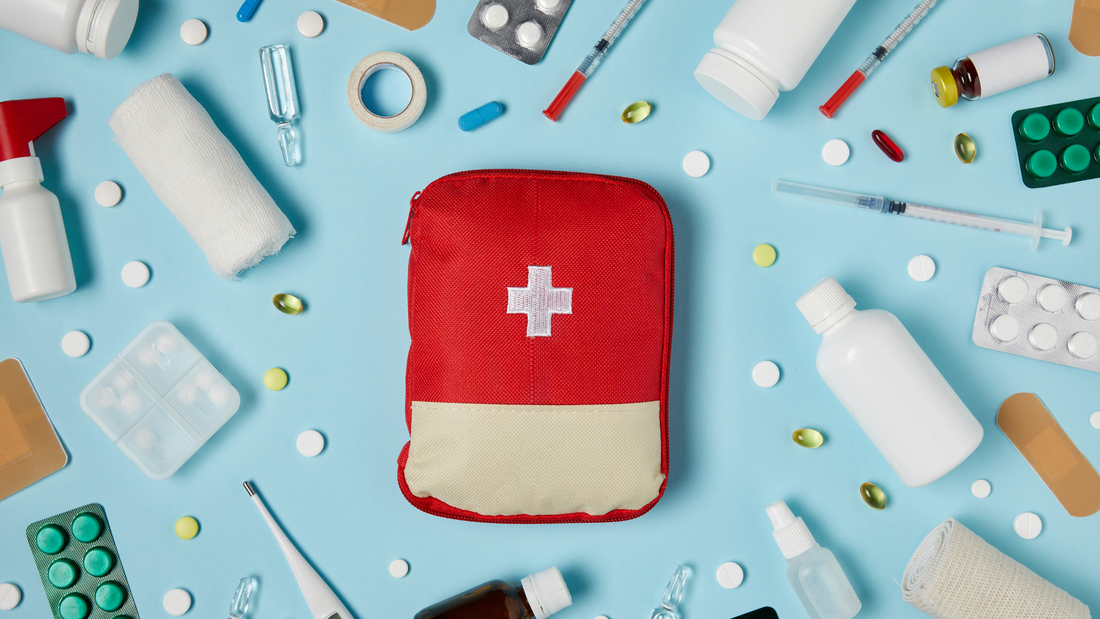
First aid set for home: the ultimate checklist
A home without a well-equipped first aid set is like a ship without a lifeboat., Because a first aid set is indispensable in every home. Whether small injuries or emergencies, a well -equipped set can make the difference between quick recovery and other complications. In this article we guide you through a Comprehensive checklist For your first aid set at home to ensure that you too are prepared for any eventuality.
1. Association material:
- Please have sterile wound associations in different sizes to cover cuts and grazes.
- Self -adhering bandages enable easy and secure fixation of associations without adhesive.
- Mull bandages are versatile and are used to cover large wound areas.
- Fixing bandages keep associations and upholstery material safely in place.
- Paving in different sizes and shapes are suitable for small cuts and scratches.
- Triangular frames are used to stabilize injuries and for improvised loop formation.
- Compresses enable the cleaning and covering of wounds
2. Disinfectant and cleaning material:
- Use disinfectant spray or towels to clean skin and wound environment to prevent infections.
- Wear sterile disposable gloves to prevent contamination of the wound and protect yourself.
- Fairs and scissors are essential for removing splinters, foreign bodies and dirt from wounds.
- Sterile water for thorough cleaning of wounds, especially with heavily dirty injuries, should be available.
- Antiseptic solution or ointment for the treatment of infected or endangered wounds.
3. Instruments:
- Measure the body temperature in the event of illness or suspicion of fever with a fever thermometer.
- A first -aid scissor enables you to remove associations safely and quickly without violating the skin.
- Use tick tweezers to remove ticks safely and completely and reduce the risk of infections.
- A SPILT to immobilize breaks or sprains helps prevent further damage and to support the healing process.
4. Medicines:
- Pain relievers such as paracetamol or ibuprofen relieve headaches, sore muscles or fever.
- Antihistamines help against allergic reactions such as itching, rashes or allergic rhinitis.
- Medicines for stomach complaints such as antacids relieve heartburn, stomach pain or nausea.
- Agency against diarrhea prevent dehydration and further complications for gastrointestinal complaints.
- Emergency medication such as an asthma spray or an emergency medication for allergy sufferers should be available.
5. Documents and contacts:
- Use important telephone numbers, including emergency numbers, family doctor, nearest hospital and poisoning center.
- Bear an emergency ID with information about the blood group, allergies and previous illnesses to provide important information in an emergency.
- Hold first aid instructions or app for immediate measures in order to be able to act quickly and effectively in an emergency.
6. Other:
- Cold and heat treatment agents such as cooling gel pads and heat paving help with injuries, swelling or muscle pain.
- Eye flushing is required to immediately treat eye injuries by foreign bodies or chemicals.
- A rescue ceiling for heating with hypothermia or shock is important to avoid life -threatening conditions.
- Don't forget a flashlight and additional batteries for emergencies in the event of a power failure or other situations with a limited view.
Regular review and refreshment:
It is of crucial importance to regularly check and update the first aid set. Delivery data of medication should be checked and expired products should be replaced. All family members should be informed about the content and use of the set, and regular refresher courses in first aid can help to maintain or improve knowledge and skills.
A well-equipped first aid set is an indispensable part of every household and can save lives. By investing time and effort in the composition and maintenance of your set, you can make sure that you and your family are optimally prepared in an emergency to treat injuries quickly and effectively.
